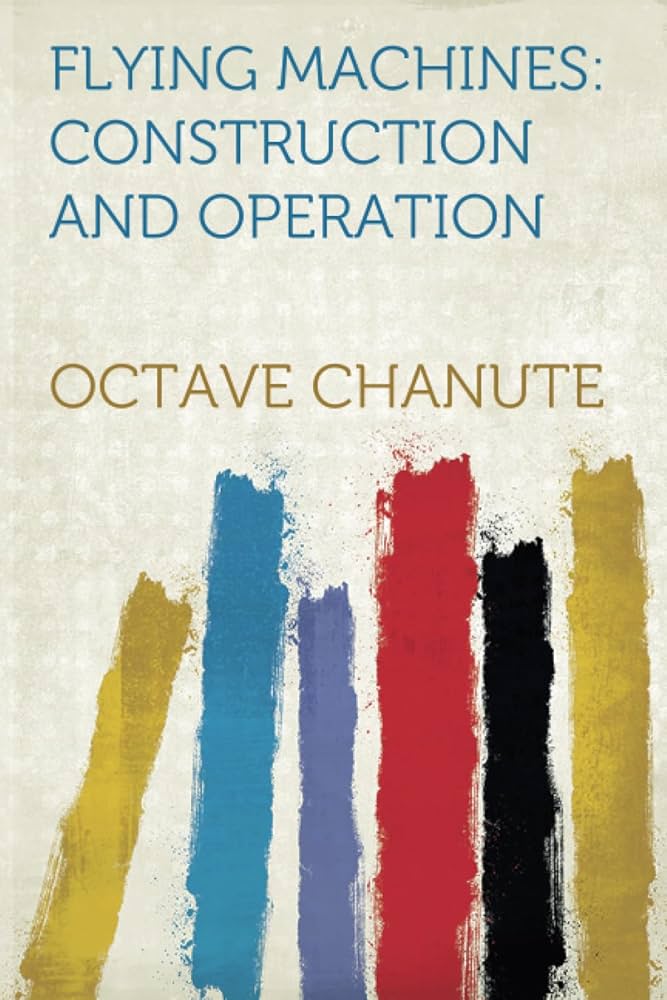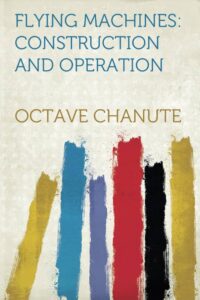Chapter XXVI-Flying Machines Construction And Operation
byChapter XXVI-Flying Machines Construction And Operation offers a focused look into the evolution of early aviation, particularly the gradual but notable shift in American aircraft design. While biplanes had dominated the scene for years, interest in monoplanes began to rise, especially following the success of Curtiss and others at the 1910 International meet at Belmont Park. Though American entries in the monoplane class were limited, Curtiss’s own single-wing creation drew considerable attention. His aircraft, alongside those flown by Moissant and Drexel, demonstrated that the monoplane had more than just novelty—it had potential. These early designs laid the foundation for growing experimentation and gradual mainstream acceptance in the United States. Monoplanes offered aerodynamic advantages, and their competitive performance at public meets proved they could rival or even surpass the traditional biplane models in both speed and agility.
The chapter presents a detailed breakdown of monoplane structures, offering side-by-side comparisons of machines like the Bleriot, Antoinette, and Curtiss models. Moissant’s Bleriot, for instance, was described as 23 feet long with a wingspan of 28 feet, driven by a 50-horsepower, 7‑cylinder Gnome engine—an efficient and powerful setup for its time. The Antoinette also showcased advanced engineering, featuring clean lines and refined controls, while Curtiss’s entry reflected the American push for innovation in homegrown designs. These variations revealed not only the mechanical diversity within monoplane construction but also the trial-and-error methods shaping aviation progress. With each model bringing new ideas to lift, stability, and propulsion, the chapter illustrates how the early 1900s were a dynamic period of learning and adaptation in flight. This technical progression underscored the growing realization that flight was more than spectacle—it was becoming a science and, eventually, a reliable form of transport.
Public contests played a key role in validating these emerging technologies, and monoplanes proved their value at events like Belmont Park. Despite their limited presence, they secured strong finishes and earned competitive prizes, shifting perception from unproven designs to serious contenders in both civilian and potential military use. Beyond raw performance, the Santos-Dumont, Antoinette, and Bleriot aircraft earned reputations for their distinctive engineering features. The Santos-Dumont, for instance, favored simplicity, while the Antoinette excelled in aesthetic design and smooth operation. These machines were not just about being first or fastest—they represented early aviation’s willingness to explore multiple design philosophies. By examining these aircraft in detail, the chapter captures a period of creative divergence, where no single solution to flight had yet been universally accepted.
As interest in monoplanes grew, attention also turned toward more complex configurations like triplanes and biplane variants. The Stebbins-Geynet Co. introduced an innovative convertible aircraft capable of shifting between triplane and biplane formats depending on performance needs. This convertible design aimed to offer pilots flexibility in lift and maneuverability without entirely committing to one format. Such innovation highlights the broader experimental energy of the time. Builders were not merely copying successful designs—they were inventing new forms altogether, testing what combinations might yield the best results in speed, control, and ease of construction. This era was less about refining the known and more about exploring the possible.
Further into the chapter, readers are introduced to the Cody biplane, which featured one of the earliest forms of automatic control—a bold attempt to reduce pilot workload and improve stability. While primitive by today’s standards, such features signaled the beginning of flight automation. The Pressey control system also appears, offering another approach to mechanical stabilization, helping to make early aircraft more forgiving and safer. In parallel, the Sellers multiplane pushed limits in another direction, focusing on achieving controlled flight using minimal horsepower. Its lightweight structure and intricate wing layering demonstrated how some engineers prioritized efficiency over brute strength. These projects emphasized that the quest for flight was not merely about power—it was about mastering control and sustainability in the air.
Overall, this chapter serves as a rich catalog of early 20th-century aeronautical experimentation. It shows how flight was transitioning from daring exhibitions into methodical engineering practice. Whether through monoplanes winning public confidence, convertible aircraft bridging design formats, or experimental control systems easing the pilot’s burden, aviation was evolving rapidly. Each machine reflected a distinct philosophy—some aimed at speed, others at control, still others at accessibility. In capturing these variations, the chapter doesn’t just present a timeline of technical advances. It documents a moment in history where the sky was a blank canvas, and every machine was a bold attempt to define the art of flying.


